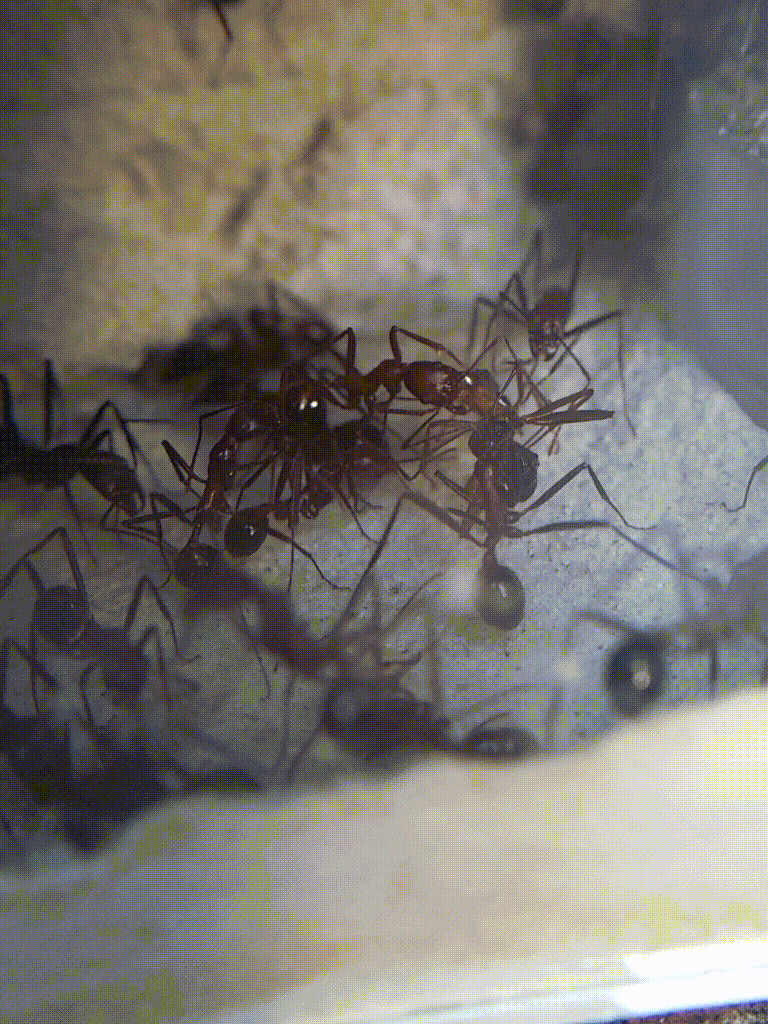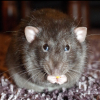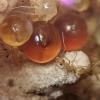
I've noticed this happening off and on with my Novomessor cockerelli. They would harass and eventually attack other workers, especially callows, sometimes leading to death or injury. This was especially an issue in the weeks after I moved them to a new nest (high stress). There were some workers missing antennae, legs and gasters as well as a large amount of body parts in the trash pile that could have come from corpses or living ants. In particular, I noticed a half-hardened callow being harassed in one of their outworlds, repeatedly and by multiple passing workers who would grab at her limbs and abdomen before becoming bored and moving onward. The targeted worker would crouch submissively on the floor when being harassed but otherwise was continuously attempting to leave the outworld by climbing the walls, almost like a sick or old worker leaving to die. After watching this continue for several minutes I took her and put her into a separate container, leaving her be for a few days with no apparent health issues. I then returned her to the nest and watched her roam around the outworld for a bit before I put the colony away.
It seems that this behavior has died down or stopped, but seeing as it had been happening for weeks before the nest move that exacerbated it I doubt that it is gone forever. I don't see much evolutionary benefit for killing off living workers, young or old, so my assumption is that this behavior is caused by some sort of failure of Novomessor cockerelli's colony organization while living in an artificial environment very different from what they are evolved for. I had a similar issue with a colony of Liometopum occidentale that I had recently bought, where a long car ride and bad ventilation caused a buildup of alarm pheromones that made the naturally aggressive ants kill each other until they were manually aired out. It is also possible that this is a natural way for colonies to prevent the spread of diseases, but I don't see this as likely because the usual system of infected ants running as far away from the colony as possible to die seems to be more effective.
TestSubjectOne's Experiences in Antkeeping General Journal
Currently Keeping:
- Veromessor pergandei (1 queen, 600 workers)
- Novomessor cockerelli (1 queen, 200 workers)
- Myrmecocystus mexicanus (1 queen, 100 workers)
- Brachymyrmex patagonicus (3 queens?, 2,000 workers? & alates)
- Crematogaster sp. (1 queen, 600 workers)
- Liometopum occidentale (1 queen, 800 workers)
- Camponotus absqualator (1 queen, 130 workers)
















